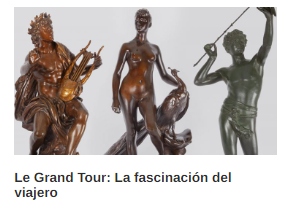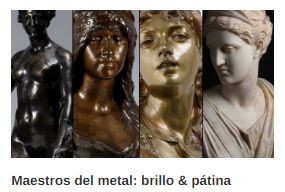The Elegance and Virtuosity of Marble in Sculpture
Setdart dedicates a monographic auction to marble virtuosity
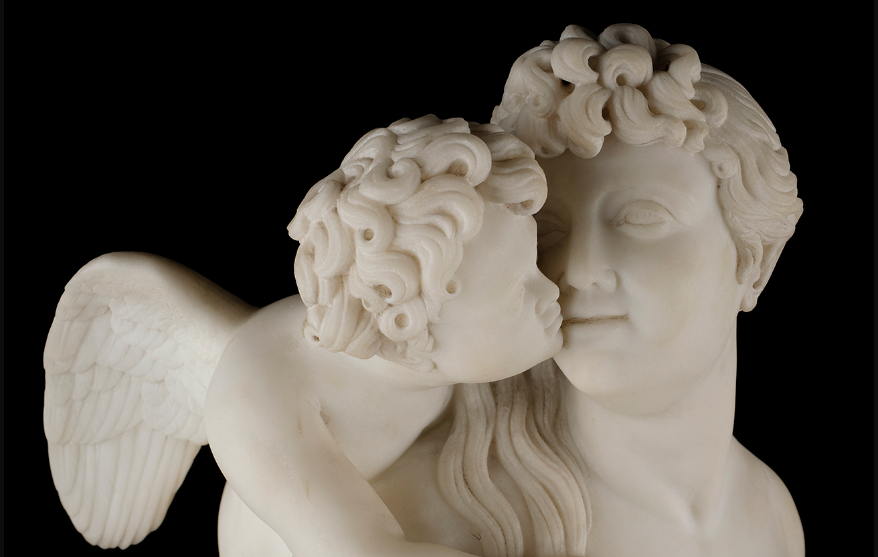
The 19th century was the great century of the expositions, a hymn to industrial progress and globalization. Although London in 1851 with its first Universal Exposition in the Crystal Palace in Hyde Park has been recognized as the best known of these events, it was France in 1798 who inaugurated this tradition with the French Industrial Exposition.
Exhibitions of Fine Arts or Arts and Industry were the ones that brought together new sculptural works or works on canvas, spurring the creativity of artists under the mantle of competitiveness and economic benefits. Naturally, the exhibition of these works generated debates among the attendees, depending on the subject matter, such as the nudity of the female body. One of the most cited aspects of the nudes could be the effect they had on the viewer in relation to morality.
Related to this debate was the theory of the chastity of marble, that is, a condition that works of art would possess and that would exempt them from being perceived from sexual desire. In the 18th century, Wincklemann and Mengs already proposed sculpture as ideal representations of the human body with a spirit of its own that should not give rise to lewd interpretations. The pristineness of the Carrara marble was in keeping with this idea of purity. In addition, a distinction should be made between the artistic nude and the anatomical nude, the former being beautiful, tasteful, and the latter realistic, vulgar.
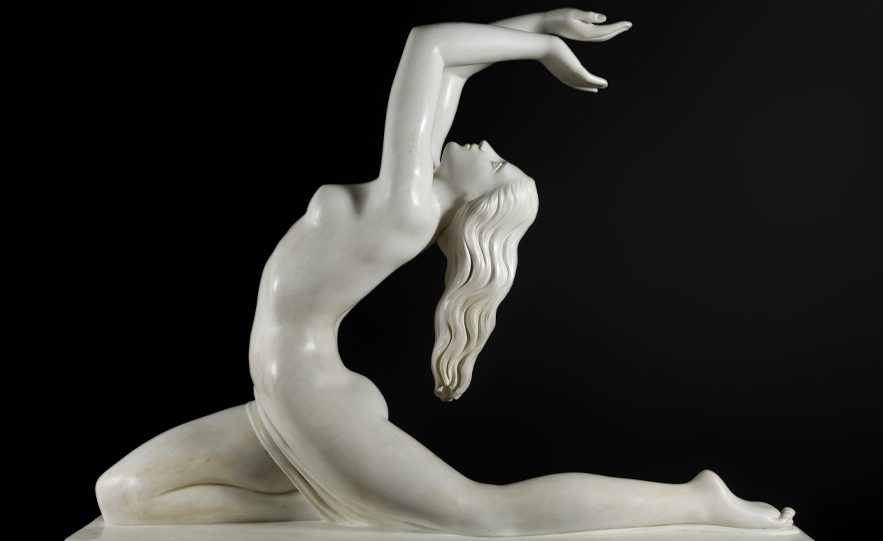
Once this point is clarified, it is possible to correctly understand the sculpture of marble in the context of the 19th century and the pieces that have been auctioned.
Lot 35360165 is one of the oldest of the auctioned lots – together with the 16th century bust corresponding to lot 35340542 -, an interesting marble of Dionysus accompanied by a can, from the 18th century, partially lost, following Greco-Roman models, with an elegant contrapposto and dynamic leg crossing that creates a sinuous line at the hips. It is an excellent example of the survival of these models that enjoyed a second youth with the discovery of Pompeii and Herculaneum around 1740.
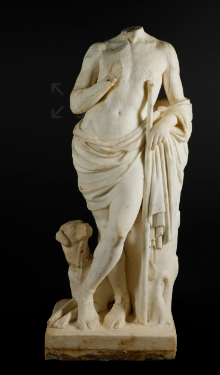
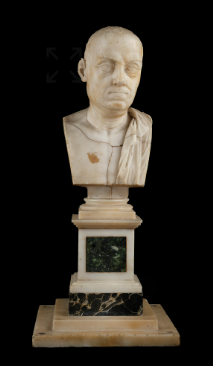
By Giuseppe Lazzerini, lot 35233500, is the most interesting piece of the auction, a representation of Pales, protector of the land and domestic livestock. Lazzerini is an artist supported by the market, with recent auctions of up to €35,000, so the estimate of €30,000 to €40,000 for the sculpture tendered at Setdart is not surprising.
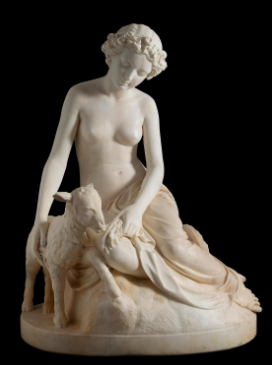
The partially nude goddess, with her bust uncovered, is a good example of what has been previously stated in relation to the theory of the marble chastityThe sex is subtly covered by the drapery, as is the case with the Venus of the lot 35340545, although in this case it is the foliage, chiseled with great skill, which prevents us from seeing the intimate parts of the goddess. It is a work of a markedly neoclassical character, inspired not only by Greco-Roman sculpture, but also by the work “Captive Love” by the Belgian Charles Auguste Fraikin.
But the 19th century was not only about male and female nudes, as philosophers, orators or politicians such as Demosthenes – 35248749 -, role models for nineteenth-century society, found their niche in the production of certain artists. To cite some personalities who saw in Demosthenes a source of inspiration, we have Henry Clay or Georges Clemenceau, the latter even writing a book about him.
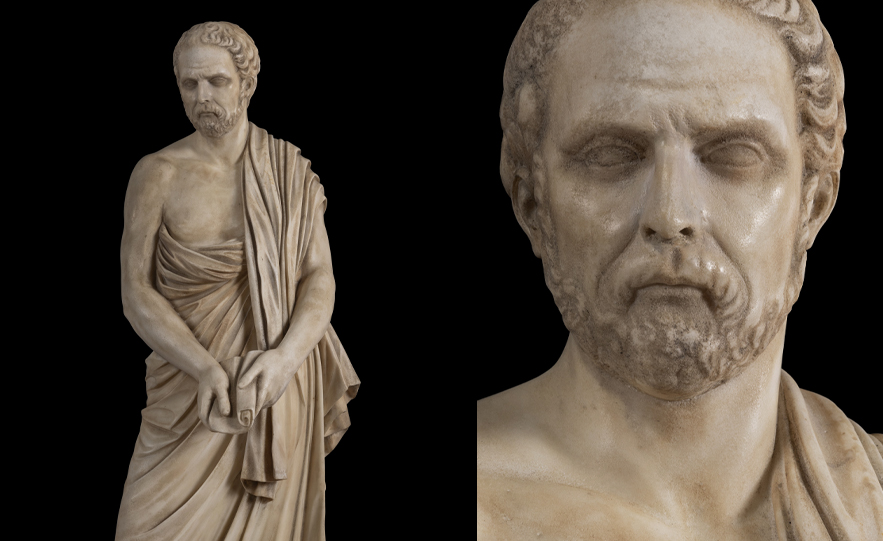
Finally, at the end of the 19th century and the first third of the 20th century, academicism suffered a hard setback when it lost the favor of the new generation of artists who found inspiration far from tradition, based on the principles of classicism. Although there are still some pieces that drink from these precepts, such as the lot 35340398, by the Italian Umberto Biagini, the Art Deco period finds in rationalism, monumentality and geometry the pillars on which to build its expressiveness. The lot 35268645 is a good example of this, since what a century ago was the reinterpretation of the Greco-Roman nude under the magnifying glass of academicism, now becomes an enigmatic hieratism, almost Egyptian in style, which contains the organicist movements of modernism just twenty years ago.
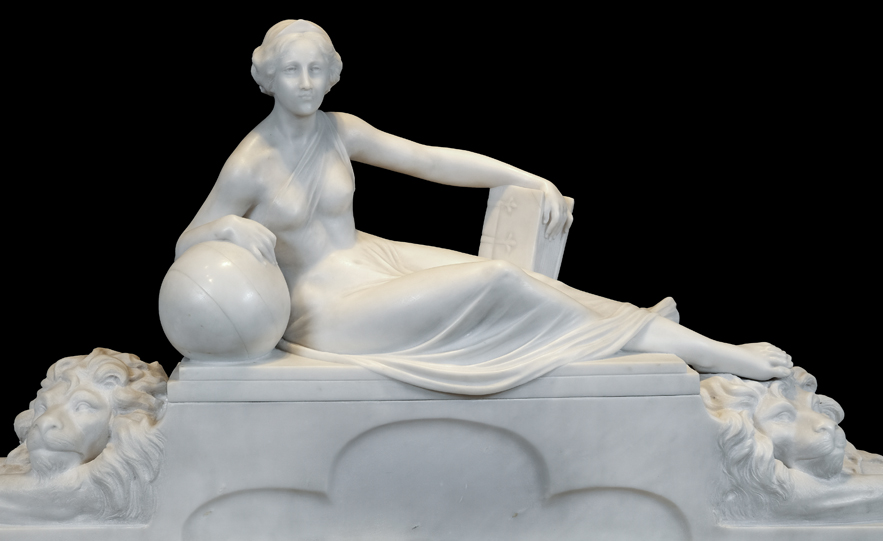
We are, therefore, faced with an auction that focuses on the monumentality of the sculpture, the marble chastity and the debates that this has generated throughout the nineteenth century, with a nude that has managed to detach itself from the coercive academic canons to fly free under the firmament of the avant-garde of the twentieth century.

